These mines not only pose physical and public health hazards, but tens of thousands of them are polluting the environment
TU urges Congress to pass Good Samaritan legislation
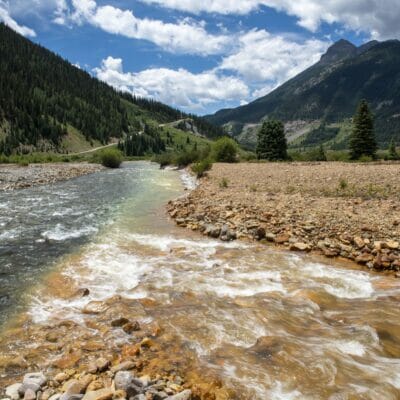

These mines not only pose physical and public health hazards, but tens of thousands of them are polluting the environment
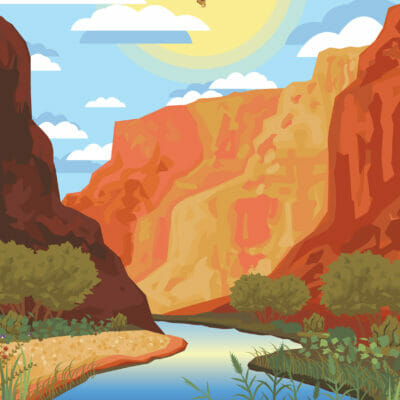
The West is in the grips of another hot, dry summer, with more than 60 large wildfires currently burning across the region. At the same time, the effects of last year’s fires are apparent in many states; Interstate 70, a major artery for east-west transportation, has been shut down through Colorado’s Glenwood Canyon multiple times in the past two months due to mudslides resulting from last year’s Grizzly Creek fire. The epicenter of the ongoing drought is the Colorado River…
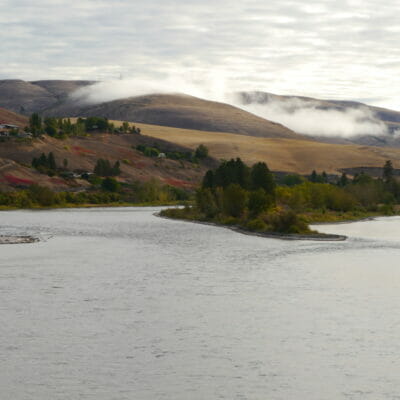
The equation is simple. It’s hot. It’s going to get hotter, which is why it is so urgent to increase access for salmon and steelhead to the thousands of square miles of the most climate-resilient, high-elevation habitat in the Snake River basin by removing the lower four Snake River dams
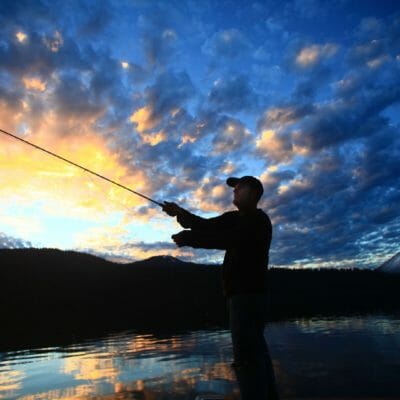
This Transfer Order is a critical step forward in the long slog to remove four old fish-blocking dams and re-open more than 400 miles of historic habitat for the Klamath’s struggling salmon and steelhead runs.
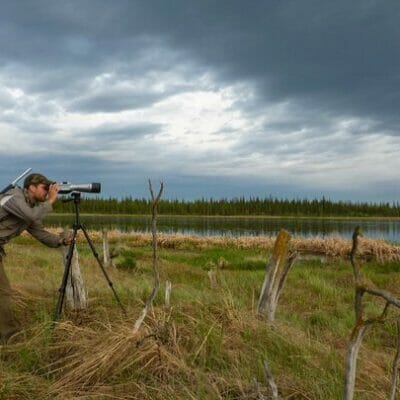
“From the candidate interview process to the last few weeks of getting to know Connor, I am confident that his background, experience, and passion provide the right combination to lead the charge for the TU/SIMMS Gallatin Home River Initiative,” said Diane Bristol, Senior Director, Employee and Community Engagement. “We are also looking forward to the collaboration that Connor will facilitate across the many fantastic organizations that have been working to protect and enhance the Gallatin River.”
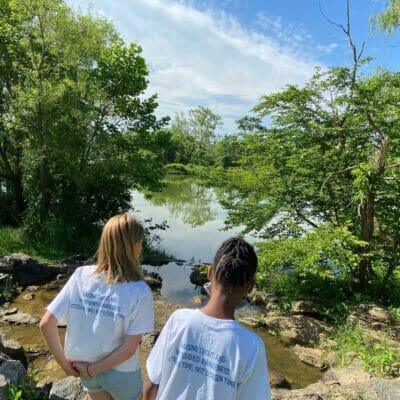
I have watched in wonder as Lilli Genovesi, Trout Unlimited’s New York City TIC coordinator worked with kindergarten kids and their parents and then pivoted to high school kids who had, let’s just say very short attention spans. Through it all she kept everyone from age 5 to 17 engaged, if not enthralled.
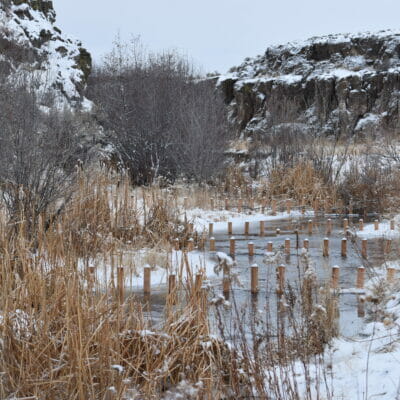
“This was a very complex landscape given it was spread over 15 million acres across three states. The RCPP exceeded my expectations with all the projects and practices that were implemented. Nicole Sullivan did a great job coordinating this work,” said Curtis Elke, Idaho NRCS State Conservationists.